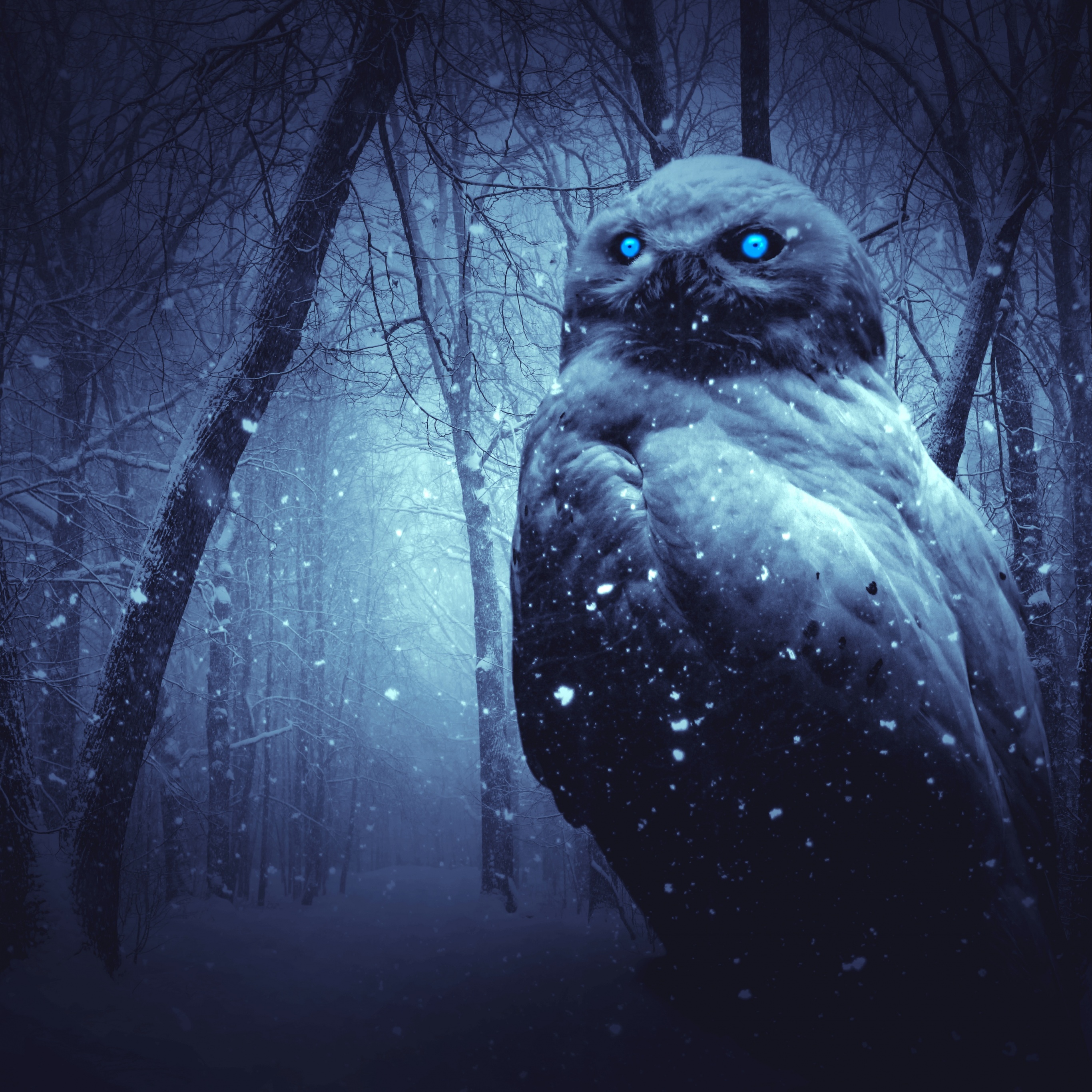

This may be due to the increase in motor cortex and spinal cord excitability in the evening, which begins at about 9 p.m., when they have maximum central nervous system drive. Physiologically speaking, early birds’ strength tends to remain constant throughout the day, but night owls have peak performance in the evening, according to a 2009 study published in the Journal of Biological Rhythms. If you’re a night owl, it’s best to do your workout in the evening, to reach your body’s physical peak performance. Night owls have greater physical strength in the evening. The theory behind this finding is that the darkness of the night is the perfect time for psychopaths, or others who are mentally disturbed, to wreak havoc, since most of the population is sleeping, thus not cognitively functioning. Night owls are more likely to display the “Dark Triad” of personality traits - narcissism, Machiavellianism (indicative of being manipulative), and psychopathy - because they tend to thrive in a low-light environment where others are sleeping, according to a 2013 study published in the journal Personality and Individual Differences. The dark side to staying up late at night could be the increased risk for anti-social personality traits. Night owls are more likely to be psychopaths. The late-to-bed strategy helps night owls handle sleep pressure - a physiological pull that causes us to get sleepier the longer we’re awake - compared to early birds who feel sleepier and mentally wear out faster. Compared to night owls, early birds have lower activity in brain regions linked to attention and the circadian master clock, according to a 2009 study published in the journal Science. Staying up past midnight may be advantageous when it comes to brain activity. Scientists speculate this could be due to the “permanent jet lag” night owls suffer from. The findings revealed night owls' white matter was in worse condition than their early bird counterparts, especially in areas associated with sadness and depression, according to the 2014 study published in the journal NeuroImage. Researchers in Germany hooked up early birds and night owls and those “in the middle of the road,” also known as hummingbirds, to a diffusion MRI machine to see what was happening inside their heads. Night owls have different brains.Ĭhronotypes, natural tendencies toward sleeping and waking, are also different when it comes to their brain. These traits tend to be associated with greater occupational success and higher incomes. A 2013 study published in the journal Personality and Individual Differences found while morning birds did outperform night owls in school, night owls tend to score higher on inductive reasons tests, which is related to general intelligence. Teens are often encouraged to go to sleep early to perform better at school, but night owls may have the upper hand when it comes to general intelligence. Night owls score higher on general intelligence tests. In other words, they are more likely to find alternative and original solutions.Ģ.

This suggests nocturnal types are more likely to be creative because of their non-conventional spirit that stems from their non-conventional schedules. A 2006 study published in the journal Personality and Individual Differences found when it came to completing an activity based on originality, elaboration, fluidity, and flexibility factors, evening types aced each tested based on this criteria compared to morning and intermediate-type people. Night owls are more creative than morning larks.Ī common shared trait among night owls is that they feel most creative at night. Behold the little-known facts about night owls: 1. So a morning person may receive a lot of praise, but there are actually some pros - along with cons, of course - to being on the dark side of the moon. A night owl lifestyle, however, can reap a cornucopia of benefits as long as the person gets seven to nine hours of sleep every single day, says the National Sleep Foundation, which is the right amount of sleep to stay healthy. Their sleeping schedules are not in sync with the 9-to-5 crowd, as they reach their peak performance while most are fast asleep. Night owls, considered the “rebel” of the two, are characterized by their unconventional and up-all-night lifestyle. We’ve all been told at a young age, “The early bird gets the worm,” but what does the night owl get? Sleep tendencies, predetermined by our genes which wound our personal biological clocks, are solely responsible for what type of “bird” we are. Like black or white, morning larks and night owls fall on opposite ends of the spectrum.


 0 kommentar(er)
0 kommentar(er)
